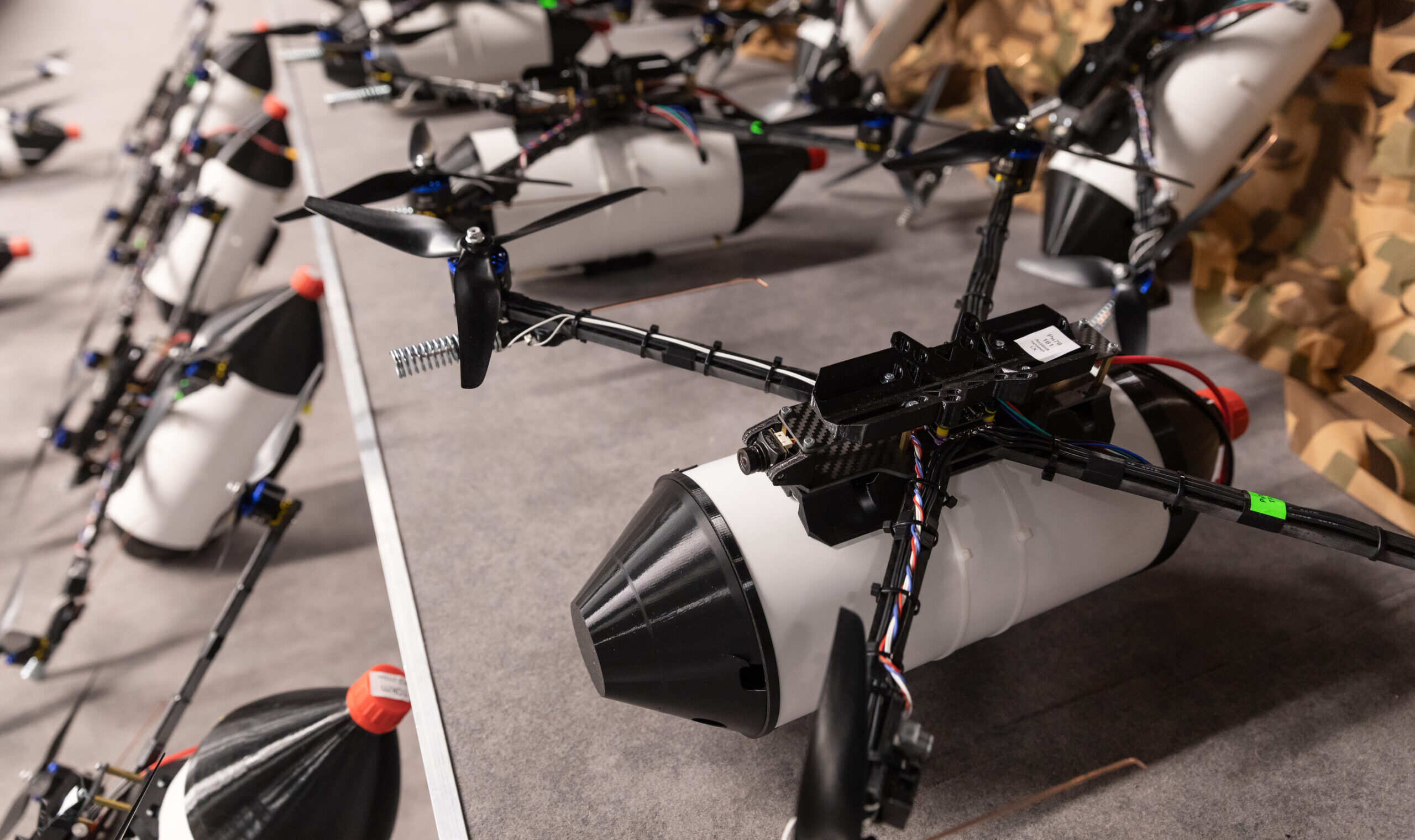Drones Don’t Render Traditional Weaponry Obsolete
We still need manned warships and fighter jets to deter China.

Advances in drone technology and artificial intelligence seem destined to transform defense planning and budgeting. But we shouldn’t assume these innovations will render obsolete manned weapons systems.
It would be a strategic and costly mistake to cut the procurement of existing programs that we need in the short term. Given the real chance of great power conflict in the near future—well before new technologies now in the research and development phase are ready to use—the United States must continue fielding traditional combat-relevant systems and weapons while continuing to research and develop the next generation of defense technologies.
This isn’t a new conversation. In the 1920s, following the First World War, some analysts believed that the invention of tanks meant that dismounted infantry was a thing of the past. After the Second World War, some Air Force generals argued that warships were no longer needed thanks to advances in airpower. History shows how difficult it is to predict how transformative new technologies will be or how they will affect existing systems and operations.
Today, air and sea drones are the current innovations that many believe will replace existing systems, such as manned warships and fighter aircraft. Already, some have called for scrapping procurement of existing warships and fighter jets entirely and focusing the defense budget on researching unmanned systems. Yet ongoing conflicts show that this would be a big mistake.
Consider the Russo–Ukrainian War and the most recent iteration of the Nagorno-Karabakh conflict between Azerbaijan and Armenia. In both cases, drones have played an outsized role, especially in intelligence, surveillance, and reconnaissance. In Ukraine, drones have been instrumental in spotting for artillery strikes and conducting kinetic strikes on opposing forces. But they cannot wage war on their own. In the modern land domain, drones are complementary to and force multipliers of infantry, armor, and artillery units.
While drones and autonomous systems remain largely untested in air or naval combat, there are clear indications they’ll play an important role in future operations. What’s not clear is whether they’ll replace existing systems like manned warships, fighter aircraft, and bombers entirely, or whether they’ll complement them, as they have in ground combat.
And for drones to play a large a role in a maritime theater like the Indo-Pacific, they would require a much longer range than do the drones deployed in Ukraine, where war is conducted mostly over distances from tens to hundreds of miles. In contrast, a naval and air war in the Indo-Pacific would be conducted across thousands of miles.
Some argue that drones reduce costs by the very virtue of being “unmanned.” But the pilot isn’t the main reason an F-35 is expensive.
Manned fifth-generation fighter jets are expensive because they need powerful engines to travel long distances, complicated electronics systems for detection and targeting, state-of-the-art composite materials and design to ensure stealth, and large frames to carry sufficient ordnance to complete the mission. A drone capable of doing what an F-35 can do would cost just as much, as it would have to do all the same things—and it would still need to be operated or commanded remotely by a human pilot.
Nor do drone swarms—in which large numbers of small disposable drones with single, relatively small payloads attack a base or a ship—clearly eliminate the need for warships or jets. These swarms are both a cause for concern and an offensive capability to be studied. However, it’s far from clear that they would be more effective than precision-guided munitions in, say, sinking ships during an attempted amphibious invasion, especially given limited payload and range.
Moreover, every major military is working to develop countermeasures against individual drones and swarms. These militaries are observing drones in action in Ukraine and using those observations to develop systems to defend ships and bases.
Drones cannot yet automate the many functions performed by manned warships—from frigates to destroyers to aircraft carriers—which play a vital role by conducting strikes with large numbers of missiles or aircraft, projecting concentrated firepower, and displaying the flag in foreign ports (which reassures partners and allies).
The Chinese certainly believe such vessels are still needed. Indeed, they’re currently engaged in a massive military buildup of aircraft carriers and fifth-generation fighter aircraft.
Subscribe Today
Get daily emails in your inbox
We need warships and manned combat aircraft now, and in great quantities, to deter Chinese aggression in the Indo-Pacific. And for all we know, we may well continue to prefer such weapons systems far into the future.
Many of the systems under development are still 10 to 15 years away from being fielded at scale. There’s no guarantee that conflict won’t happen before then.
While drones and autonomous systems have shown that they have an important and (almost certainly) increasing role to play in modern warfare, that role remains one of complementing existing systems, rather than replacing them.